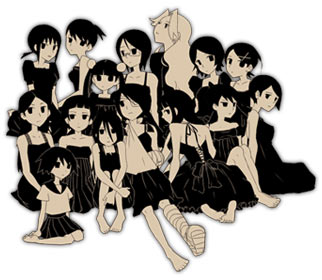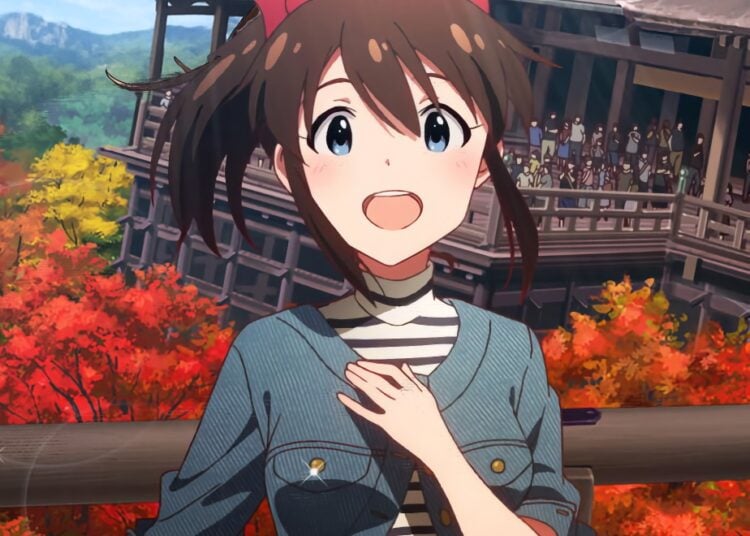A few days ago my Japanese wife’s uncle finally succumbed to his illness and passed away at the age of 86, after an amazing life which included serving his country on the Battleship Ise during World War II and unexpected getting an American for a family member. Japan can be a very death-oriented place when it wants to be, and there are many customs related to sending loved ones off to the next world properly. Men wear reifuku, a standardized black suit that can be worn both to weddings and funerals (just don’t get the necktie colors mixed up), while women women wear black dresses, being sure to remove all shiny jewelry. As with most ceremonies in Japan, money is involved, and my wife readied our $500 “condolence envelope” to give to the reception desk, making sure the bills were old and worn, as it’s rude to give crisp, new bills. (It implies you were eagerly waiting for the person to die.) During the ceremony, the Buddhist priest — called bozu in Japanese, just like the Bose speaker company — chants namu ami dabutsu and offers a bowl of rice for the dead with chopsticks sticking straight up, which is only okay to do when offering rice to the dead. When the ceremony is done, the body is taken away to be cremated, and the well-wishers go home, making sure to sprinkle salt over their bodies before crossing the threshold into their homes to keep the dead spirits out.
Since I’m family, I was expected to attend events that the average person normally wouldn’t, including otsuya, the “transmission night” ceremony similar in practice to an Irish wake in which close family gathers to help the spirit of the deceased prepare for his journey from this world to the next. Afterwards there was a little dinner gathering where family members could eat and talk and pour beer for each other. The Buddhist priest was also at the party, and he was very interested in what I thought of Japanese funerals. I told him that it was an excellent example of kata, a word which means mold, form, or in martial arts, standard body postures, in this case a highly developed system in which everyone clicks into place, knowing exactly what they’re supposed to do (except me, of course). Funerals in the U.S. aren’t nearly as ordered.
Later we went out to have drinks with my wife’s cousin, whose name is Akira (no relation to the esper who destroyed Tokyo twice), who had come up from Osaka to be with the family. After a couple bottles of excellent wine — which we were surprised to see were imported by the Kikkoman soy sauce company — my wife and I realized we were a little too tipsy to drive, so she called a daiko (“replacement driver”) taxi service. This is a great invention that I think should be adopted worldwide. Basically it’s a normal taxi but with a second driver in the car, who drives your car home with you in it, making it easy and convenient to get home safely and have your car with you in the morning. It seems like a great business opportunity to me!

Japanese funerals are very complex, but fascinating.














